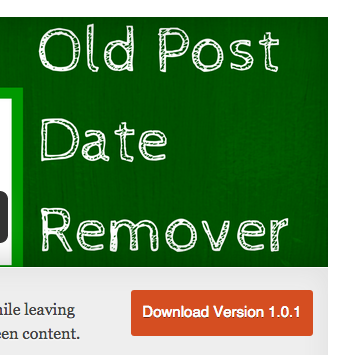When it comes to flexible work, allow me to recommend a career path: you should aim to be an elementary school gym teacher.
“But wait,” you might say: “Don’t you have to go to the school every day if you are a gym teacher? Doesn’t that make it not flexible? Flexible jobs have drinks with umbrellas on a tropical beach, always with an Apple laptop somehow featured in the selfie. I’ve seen the blog posts!”
And you’d be correct. I’m not describing the job, though—I’m describing the new selfie.

The introduction “I’m a homeschool dad” makes some folks turn their head like a labrador in a whistle factory, but it’s OK.
I don’t do it for them.
I do it so these two boys will always remember our virtual trek across the state.
With the removal of Theodore’s training wheels two weeks behind us, it was time to step it up a notch. We packed the bikes into the back of the van and headed northwest to the new American Tobacco Trail bridge over I-40.
As they rolled over the bridge the first time, we officially tallied our 70th mile since the journey began at the end of July.
You’ll note Benjamin’s flawless use of the Lightning McQueen-esque “Ka-chow!”
Jumping off the corporate ladder (from the bottom rung!) has meant some relatively major sacrifices in the short term, as we’ve fought to make the ends meet. It’s a fight that’s not even over, if I’m honest.
If you’d like to help us in this flexible work venture, there are 3 things you can do:
- Hire us or refer us to your friends for web development, plugin design, WordPress optimization, or digital strategy.
- Sign up for web hosting through Blue Host (for smaller sites) or Media Temple (for higher traffic needs). (If you use those links, we get paid a small commission for referring you, but it doesn’t cost you any more than it normally would.)
- Tell all of your church leader friends about our site Church Web Help, and challenge them to join.
Here’s the bottom line when it comes to work: who do you do it for? For me, I do it for my wife, my kids, and ultimately my God.
And at least for this season of life, I’m pretty sure God’s calling me to be an elementary school gym teacher.




